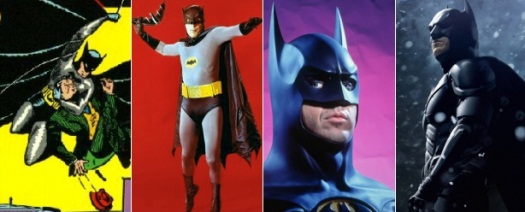Quoted in The Atlantic’s article on Michael Uslan, p. 1:
While the makers of Superman “played with the bright and impossible, Bob and Bill expanded that meme by adding the coin’s other side, the dark and improbably possible,” writes Travis Langley, a professor of psychology at Henderson State University. “Duality and obsession, his enemies’ and his own, fill his stories.”
Page 2:
Director Joel Schumacher’s subsequent films strayed from the noirish direction Burton had set—”the worst thing to do with a serious comic book is make it a cartoon,” Akiva Goldsman, Batman & Robin’s screenwriter, later admitted—but Christopher Nolan installed Batman back into a gritty place, filming on the streets of London and Chicago to create what the psychologist Langley refers to as a “post-9/11 allegory for how terror breaks down reassuring moral categories.” …
“I realized that I had been thinking of my job as producing fiction for a publishing backwater—comic books—and that I was wrong: my job was being in charge of postindustrial folklore,” writes longtime Batman comics editor Dennis O’Neil in Langley’s new book, Batman and Psychology. “Batman…had been around so long, in so many media, that [he was] embedded in our collective psyches.”

Leave a Reply